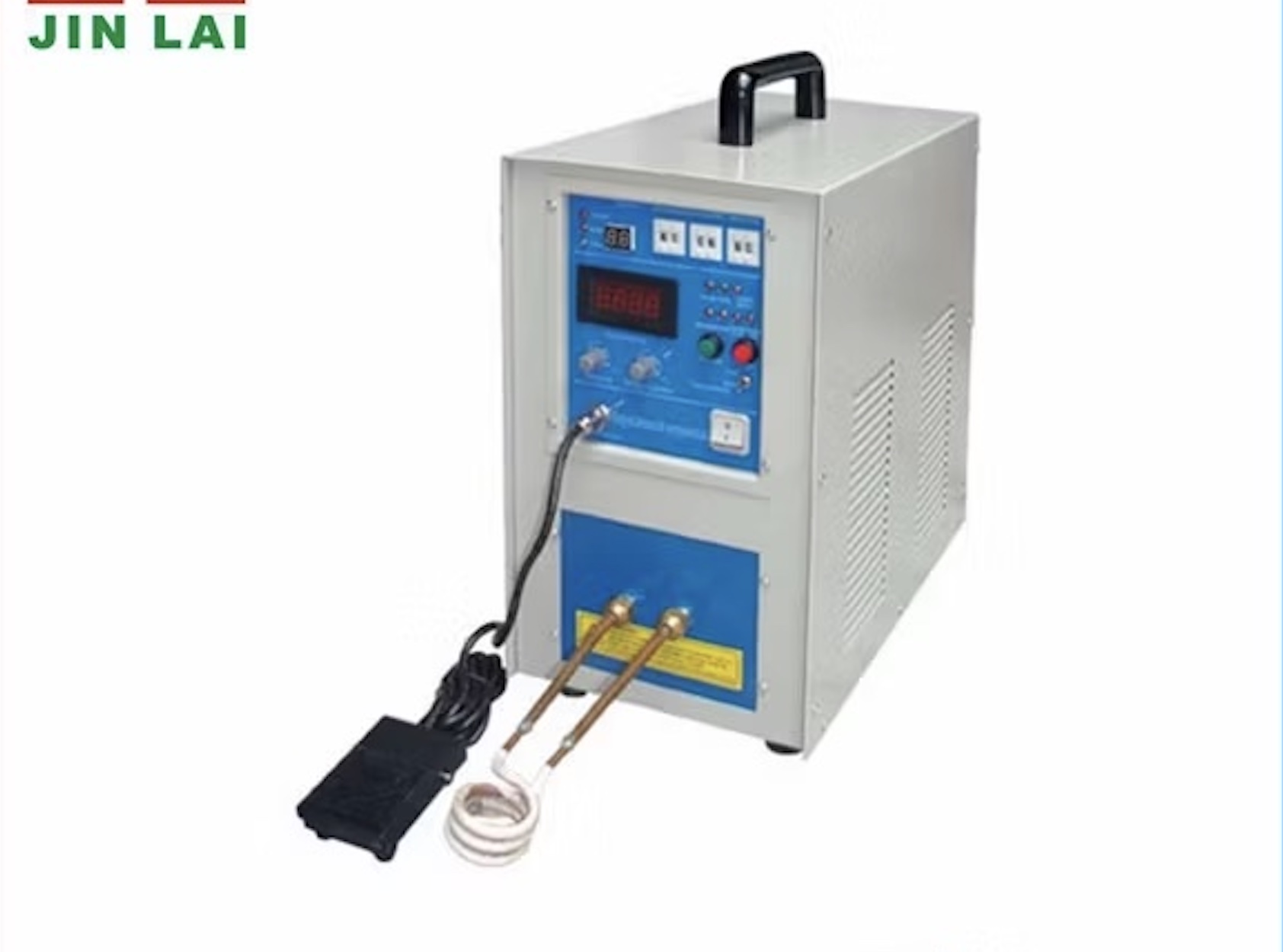Thermal Lance Automation
Automated heating system for industrial thermal lances to eliminate worker risk in mining operations.

The Problem
Traditional manual heating of industrial thermal lances exposes workers to extreme temperatures and hazardous conditions during metal cutting operations in mining. Our team at Wolke was contracted by Stout to develop an automated induction-based heating system that removes human operators from danger while improving operational precision.
My Role
As an Electrical Engineering Intern (November 2024), I led:
- Sensor System Development
- Researched and prototyped non-contact infrared temperature sensors for 2-4m lances.
- Analyzed LiDAR and ultrasonic alternatives for high-power environments.
- Created Python scripts for thermal profile averaging to ensure precise heating.
- Induction Heater Selection
- Evaluated 15+ industrial heaters (15kW-30kW range).
- Reduced costs by 40% via Chinese supplier selection (RS485/Modbus RTU compatibility).
- Reverse-engineered legacy analog systems during on-site visits to Stout facilities.
- System Architecture Design
- Developed Miro schematics for international voltage compliance (380-480V AC).
- Created an IP67-rated Bill of Materials (BoM) for mining environments.
- Integrated Wolke’s VigíaBox Neo RTU for IoT-enabled diagnostics and fault detection.
Key Innovations
- Safety First: Eliminated operator exposure through full automation.
- Precision Control: Achieved ±2°C accuracy at 800°C via multi-point IR thermal averaging.
- Cost Efficiency: Reduced induction heating costs to $5,200 USD using Jinbenlai components.
- Scalability: Designed modular architecture for future 30kW+ system upgrades.
Tools & Technologies
- Hardware: Omega CN7500 PID controllers, VigíaBox Neo RTU, RS485 networks.
- Software: Python (pandas for thermal analysis), MATLAB (induction field simulations).
- Standards: IEC 60529 (IP67 compliance), ISO 13849 (functional safety).
Short Description
This safety-critical project automated thermal lance heating for mining operations, eliminating worker exposure to extreme temperatures. I led sensor selection, induction system design, and IoT integration while achieving a 40% cost reduction. The resulting system features ±2°C control at 800°C using infrared thermal averaging and industrial-grade Modbus communication.